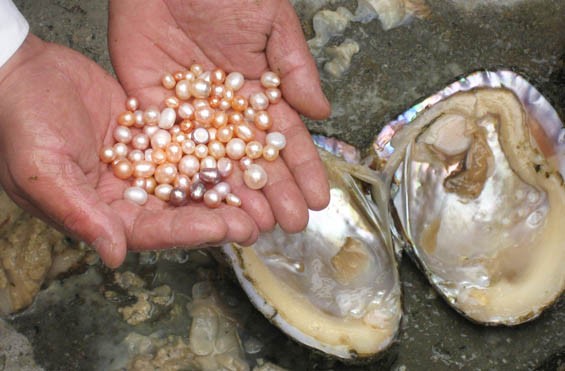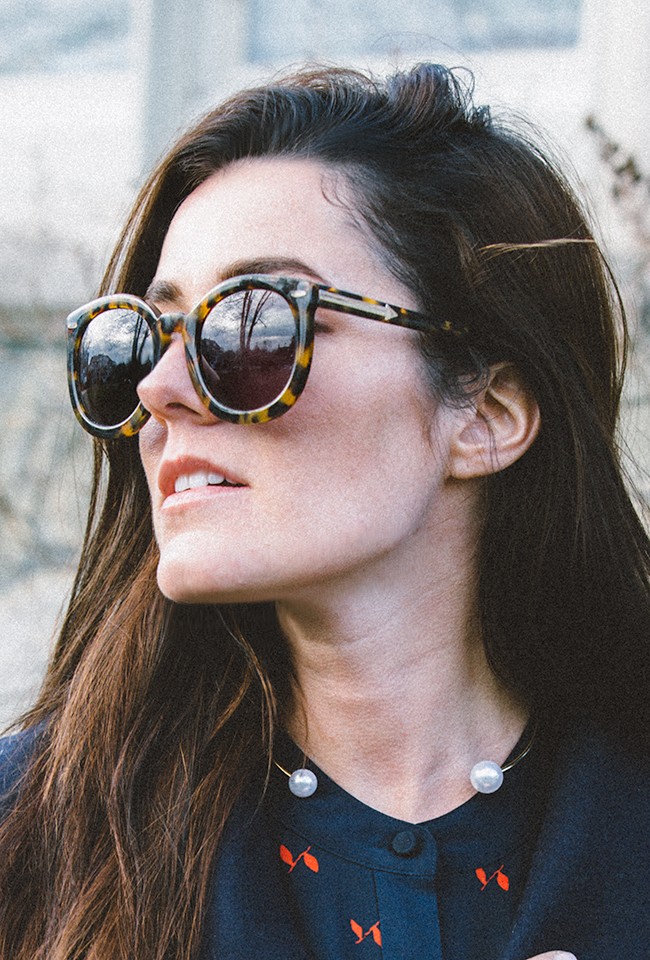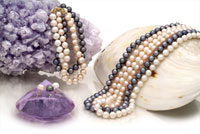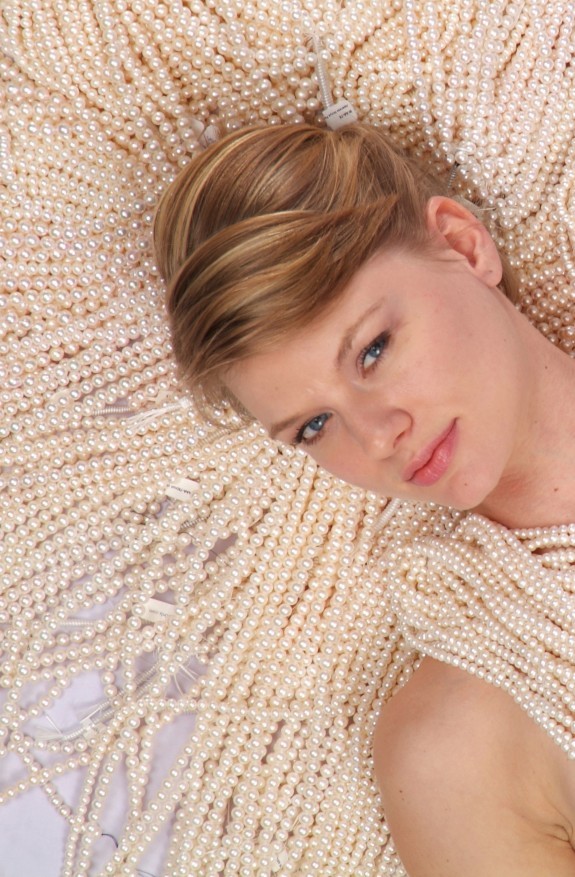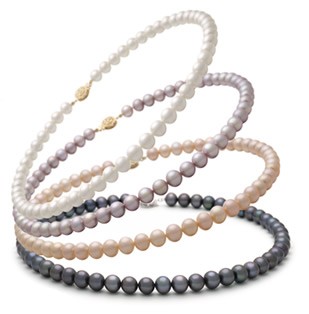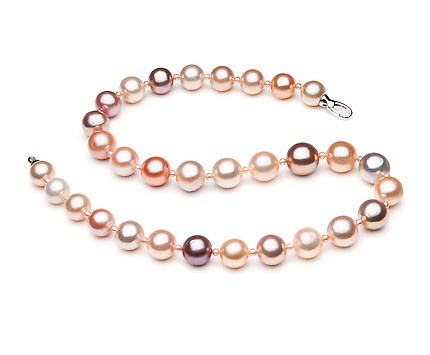Pearls 101: 5 Awesome Facts about Pearls
Pearls are extremely fascinating! Not only due to their outstanding beauty but also because where they come from and how they are made. It is simply amazing to think that those delicate beads that we wear on come from an oyster in the sea. As a child, did you ever wonder where they came from?
Here are 5 awesome facts about pearls that you will enjoy!
FACT #1: Did you know that pearls are the only gemstones made by living animals? Something so special comes from a living and breathing creature.

